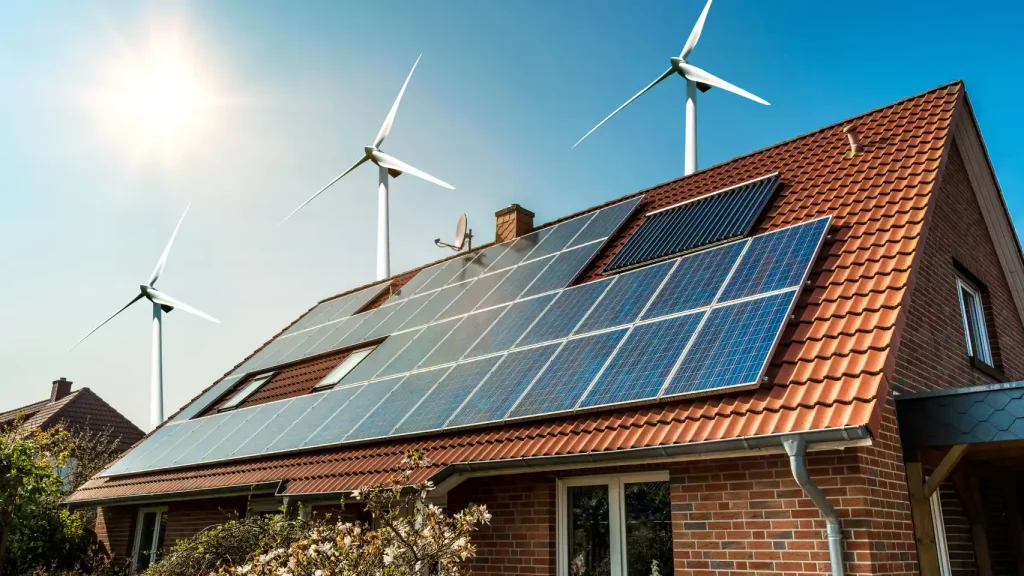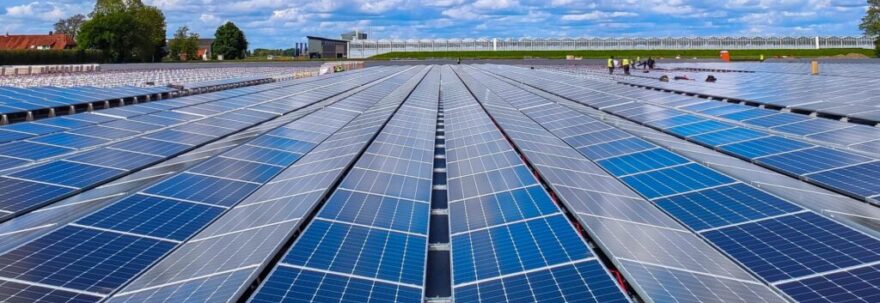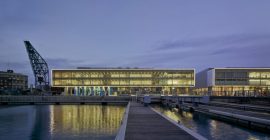Next, we will take a closer look at the main types of renewable energy (solar, wind, hydro, geothermal and biomass) and we will analyze why green hydrogen, the last promise of clean energy, cannot be considered renewable.
Among all renewable energies, the second most widespread worldwide is solar energy. Under this term, all the technologies that allow converting sunlight into usable forms of energy are included, such as photovoltaic, thermal or solar heating and cooling. According to the latest data from IRENA, worldwide there are 849 gigawatts (GW) of photovoltaic power installed. The US, China and India are the countries with the most installations, followed by the European Union as a whole. During the past year, according to the IEA, a total of 994 terawatt hours (TWh) of electricity of photovoltaic origin were produced (The truth is that I thought that the EU was ahead of the US and India).
The great advantage of solar energy, according to the international agency, is that the manufacturing of the technology can be done on a large scale, which allows lower costs, but at the same time it is a modular technology, which can be deployed in very small quantities. This allows the installation of both large photovoltaic generation plants and small electricity generation systems to power a single home or even a single device. The big problem it has is that in the absence of sunlight (at night or on very cloudy days) its productivity plummets.
Wind energy, which is produced by harnessing the wind, is the third most widespread renewable energy source in the world. According to IRENA data, 2021 concluded with 825 GW of wind power installed worldwide. More than a quarter are in Europe, the region that has most recently invested in wind energy. According to Wind Europe, at the end of last year there were 236 GW of wind power installed in Europe. Until the middle of this decade, at least another 100 GW more will be installed. The countries with the most installations are the United Kingdom, Sweden, Germany, Turkey and the Netherlands.
Although the installed photovoltaic power is greater than wind power, wind energy is more productive. According to the IEA, in 2021, 1,870TWh of electricity was produced by wind turbines, more than double that of solar farms. As with photovoltaic energy, wind power depends on the wind blowing in certain conditions. For example, during 2020 and 2021, despite the fact that Europe significantly increased its capacity, total production decreased by 3% due to weaker-than-normal winds for long periods of time.
Few dams are built in the world today, so the capacity to generate hydraulic power has remained stable in recent years. However, it remains the most widespread renewable energy source on the planet. It is, above all, because we have been taking advantage of it to generate electricity for nearly 150 years (the first hydroelectric power station began operating in 1878 in the city of Rothbury, in England). And, if we were to take into account the first water mills, we would have to go back more than 2,500 years in history.
Today we understand hydraulic energy as that which takes advantage of the movement of water to turn turbines that produce electricity. According to IRENA, there are 1,230 GW of hydroelectric power installed worldwide, with which 4,327TWh of electricity were produced (as stated by the IEA) in 2021. China, Brazil and Canada are the largest hydroelectric producers on the planet, although the two the first have seen their generation reduced in recent years due to the situation of persistent drought that has reduced the flow of water from the rivers where the dams are located.
In addition to being renewable, hydro is a stable and flexible energy source, which allows electricity to be generated based on demand. Unlike solar or wind, which produce more when there is more sun or more wind (and even if the energy is not needed at that time), hydroelectric dams control the flow of water that moves the turbines and allow to produce more or less energy as needed. Its great disadvantage is that the reservoirs alter the course and the cycles of nutrients and sediments of the rivers.




